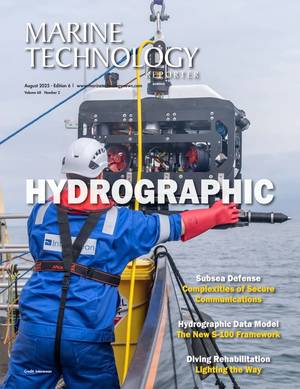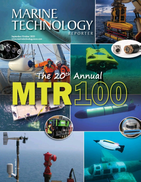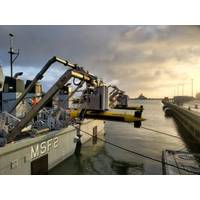
Deeply Innovative: Drivers in Subsea Defense
, but also by collaborative ecosystems that accelerate the transition of commercial ocean technology into defense applications. These hubs, holding companies, and strategic alliances are helping to bridge the gap between commercial innovation and operational capability.Technology clusters like Nova Scotia-based COVE (Centre for Ocean Ventures and Entrepreneurship) provide a collaborative space for startups, researchers, and defense contractors to test and refine their products. General Oceans, formed in 2021, is a global ocean technology group uniting leading subsea brands under one umbrella to
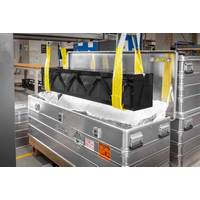
Verlume, Kraken Robotics Establish Strategic Collaboration to Deliver Subsea Battery Solutions
environments.Combining the complementary expertise of these two industry leaders, the collaboration will unlock new efficiencies, expand capabilities, and ensure rapid access to SeaPower batteries manufactured at scale from Kraken’s production facilities in Rostock, Germany and Dartmouth, Nova Scotia—accelerating delivery and strengthening supply across strategic markets in the UK, Europe, USA, and Canada.This integration represents a market-first crossover: the introduction of military-grade battery technology into the commercial offshore energy sector for the first time, with Kraken

Verlume Appoints Valor Ocean Technology As First Canadian Business Development Agent
management systems, has appointed Valor Ocean Technologies as its first business development agent in Canada. The partnership follows the successful offshore deployment of three Verlume Charge systems in Canadian waters and signals a strategic expansion to meet growing market demand.Based in Halifax, Nova Scotia, Valor Ocean Technologies (formally known as ValorBPS) is a provider of advanced ocean technology systems, serving energy, defense, and scientific customers across North America. Headquartered in Halifax, Nova Scotia, with an additional office in Ontario, their team supports operations from the
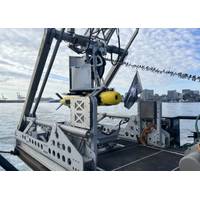
Kraken Demos Autonomous KATFISH Launch and Recovery System to Navy Clients
Kraken Robotics has completed demonstrations for its new autonomous launch and recovery system (ALARS) for KATFISH towed synthetic aperture sonar (SAS) for more than 40 naval customers.The company performed demonstrations in Nova Scotia’s Halifax Harbour.The new ALARS was built to fit a 20-foot International Organization for Standardization (ISO) container footprint to increase interoperability with different vessels, allowing for rapid mobilization and demobilization on multi-role platforms.The system enables autonomous launch and recovery of KATFISH up to Sea State 5.During the demonstrations
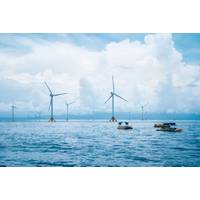
ASL to Work on Metocean Data for Offshore Wind Project in Atlantic Canada
types of metocean data needed to enable successful offshore wind project development in Atlantic Canada.Following a review of existing datasets, and a dataset gap analysis, ASL will be making recommendations for specific appropriate measures to collect necessary datasets. The analysis focuses on Nova Scotia and Newfoundland and Labrador, where near-term offshore wind development is more likely.The study also keeps in mind the broader Atlantic Canada region, with future data needs for projects in the Gulf of St. Lawrence, Prince Edward Island, New Brunswick, and Quebec. The final report is intended
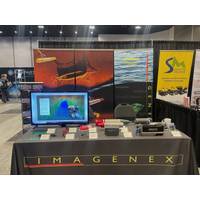
Oceans 2024: A Subsea Technology Showcase
The 2024 Oceans Conference in Halifax, Nova Scotia provided a unique glance into the newest innovations in the maritime sector. The industry continues to be proactive in sustainable and environmentally friendly technology, seeking to produce renewable energy, make maritime activities more efficient, and gather data to better assess, navigate, and predict the changing climate. Notable companies from the week to keep an eye on include:My Gear Tag, collecting fishery data and recovering lost items underwaterMacArtney, with a new hybrid connectorPinpoint Earth, tracking and monitoring fishing vessels

Bill Sanson Joins LeeWay Marine as President
LeeWay Marine, a Dartmouth, Nova Scotia based owner and operator or survey and research vessels, announced Bill Sanson will be joining the team as President, taking on the day-to-day oversight of LeeWay operations.Sanson comes to LeeWay from the Royal Canadian Navy and brings a wealth of knowledge and expertise in the maritime domain. “With his extensive marine background, deep operational experience and fresh perspective, we’re confident Bill will be a tremendous asset to the LeeWay team.” said Jamie Sangster, CEO of LeeWay. “He’s an operator and a leader. He has been

Meet the CTO: David Shea, Kraken Robotics
company, starting the business in 2012, and headquartered in St. John's, Newfoundland & Labrador. Back then we only had six employees: myself, our founder Karl Kenny, and a handful of other folks. Since then we've grown, and today we're about 250 people worldwide. We have offices in Nova Scotia, Scotland, Germany, Brazil, Denmark, and in the U.S. We are publicly traded, and our 2023 revenues were about 70 million, reflecting an approximate 70% growth over 2022. We're anticipating being somewhere between 90 and 100 million in 2024.What about the tech development in that 12-year span
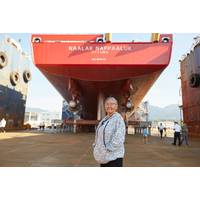
CCG’s Science Vessel CCGS Naalak Nappaaluk Launched
depend on for food, our livelihoods and the health of our country.”John McCarthy, CEO, Seaspan ShipyardsThe future CCGS Naalak Nappaaluk is named after a well-respected elder from Nunavik, who was a renowned promoter of the Inuit language and culture. The vessel will be stationed in Dartmouth, Nova Scotia and will accommodate up to 34 crew and 26 scientists. The data and samples collected aboard this vessel will support Canada’s domestic and international commitments to ensure that our oceans are sustainably managed. The 88-metre-long vessel is outfitted with a modular working deck,
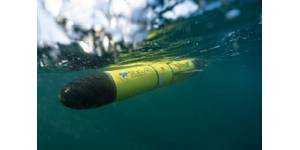
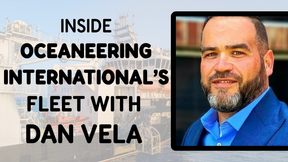
 August 2025
August 2025
